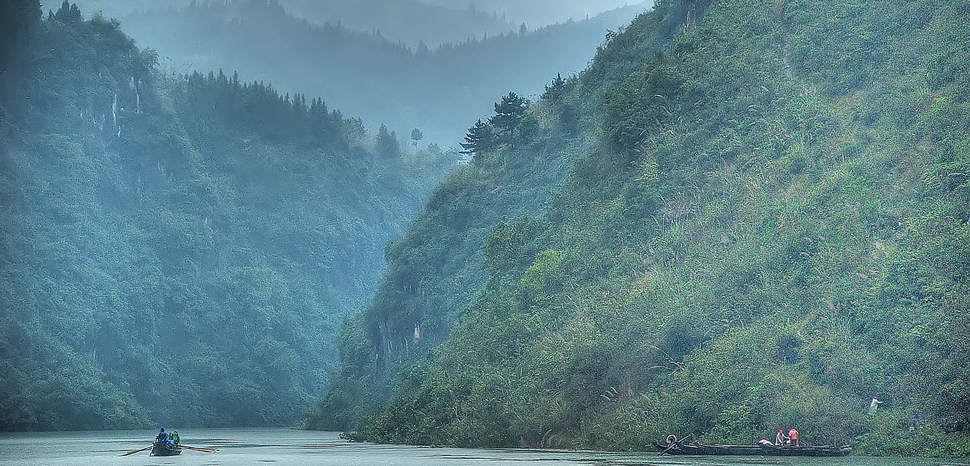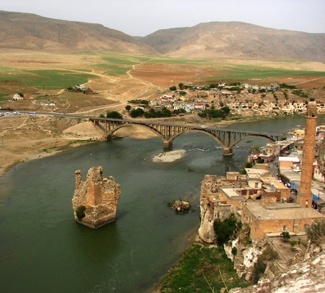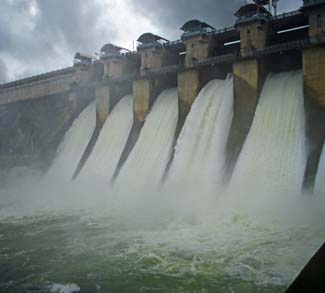You’ll be hard stressed to find universal similarities in a nation populated by over a billion people, all with unique identities and cultures, spanned out over 3.705 million miles filled with diverse landscapes. But in China’s case, history has proven that nothing brings them together better than a crisis. And the present is proving to be no different.
The crisis isn’t about North Korea, the current escalation of tensions in the South China Sea, disease, or famine. It’s not even related to the new US administration relaying an endless stream of headaches from across the Pacific right to the heart of the Beijing Stock Exchange. The greatest threat facing the world’s up-and-coming superpower has chosen to manifest itself in the simplest of ways, through one of the most thankfully common and trivialized chemical compounds known as H20; otherwise known to those of us who failed high school chemistry as water.
The main issue is one of simple geography. 80% of China’s water reserves lie in the southern provinces, such as Fujian, but the vast majority of its agricultural production stems from the central and northern regions. Overall, the Asian tiger can only claim ownership of a mere 7% of the world’s fresh water supply, yet it hosts 20% of the global population. With an economy growing at an unprecedented rate, the question of who gets priority with regards to water has become a pressing issue. In 2015, 85% of Beijing’s fresh water was used for agriculture and industry, rather than private consumption.
The fact of the matter is that while the crisis itself is rooted in natural and partially unavoidable developments, the Chinese government certainly hurried the process along unnecessarily. The government has artificially lowered the price of water for years. While that may sound morally comprehensible in theory, the fact that China never had much water to begin with cemented this policy decision as a colossal mistake. The overly indulgent usage of the cheap commodity led to its absolute waste and inefficient use. In 2009, a World Bank Report revealed that China used ten times more water per unit of production than the average modern country. China’s problems with pollution have only served to exacerbate the problem further, and for some people the consequences are already being felt.
In the northwestern part of the country lies the city of Lintao, a once promising development hub. Today, it’s becoming a ghost town due to an extreme lack of water. The formerly thriving region isn’t alone in is this predicament.
“Four hundred Chinese cities now face a water shortage. One hundred and ten cities face a severe water shortage. This is a very serious problem,” says Liu Changming, a former hydrologist working at the Chinese Academy of Sciences. When I first arrived to Beijing 60 years ago, there were springs everywhere,” he continued. “Some bubbled up half a meter high. There were rice paddies. But now the population’s increased sevenfold, and there are seven ring roads around the city. That abundant supply of water is gone.”
Without a doubt, China’s largest threat economically and politically is its water shortages. By 2030, if drastic change is not induced, the water crisis will no longer be containable. 300 million people are estimated to be drinking water that is severely contaminated, and 190 million cases of illness are considered to result from this fact.
The effects of such a meltdown would be catastrophic on an international level. Political instability, food shortages, potential armed conflict and even civil war are all in the realm of possibility when such a pivotal part of life is missing.
To their credit, the government is taking action. The South-North Water Diversion Project, a series of infrastructure projects aimed at transporting water from the south to the north, has been credited as relieving part of the problem, but it’s not a silver bullet. Beijing has yet to address the clear issues revolving around the artificial pricing of the resource. And with a price tag of $62 billion, the project is an expensive gambit; if it fails to permanently solve the issue, it basically becomes an overpriced Band-Aid.
China isn’t alone in this struggle against water shortages. South Africa, specifically Cape Town, is also tragically familiar with the issue. We can hope that our ever-expanding technological capabilities contribute to a solution to this problem, but in the meantime China must start treating its water crisis like the overriding security threat it is.
The opinions, beliefs, and viewpoints expressed by the authors are theirs alone and don’t reflect any official position of Geopoliticalmonitor.com.




